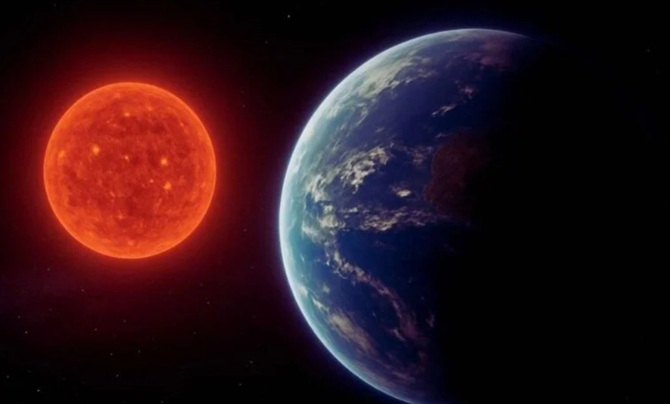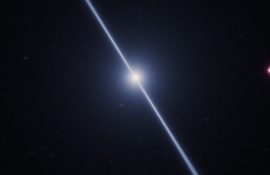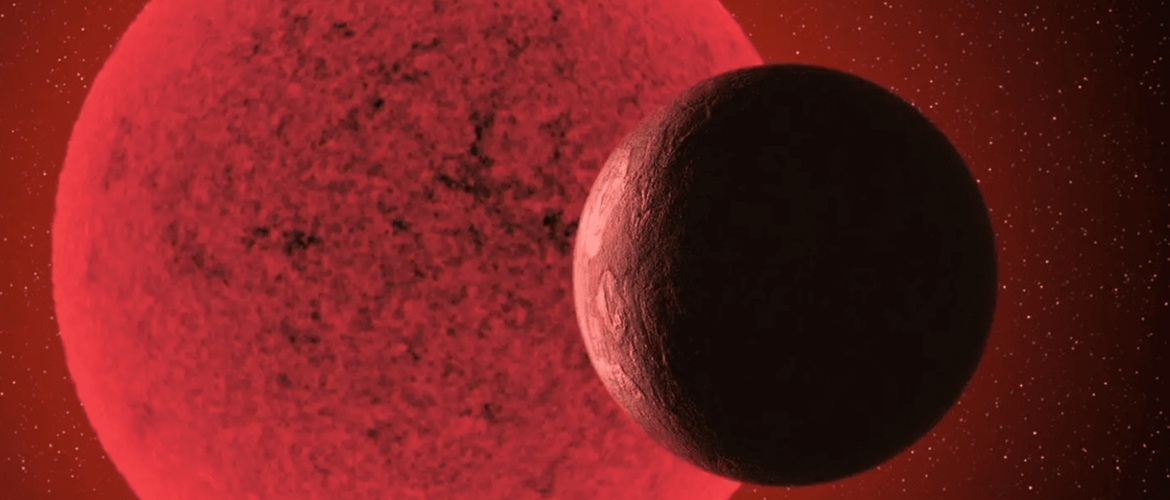NASA astronomers have discovered a new exoplanet TOI-1846 b – a world that orbits a red dwarf star 154 light years from Earth. It was first discovered by the TESS space telescope thanks to an unusual repeating signal – a periodic decrease in the planet’s brightness that occurs in March of each year.
Planet TOI-1846b is almost twice the size of Earth and four times more massive. It belongs to a rare class of planets that fall into the “radius gap” (between rocky planets and gas giants). The planet’s temperature is 315 degrees Celsius, but scientists do not rule out the presence of water on it in the form of ice and a thin atmosphere.

The exoplanet makes one revolution around its star in less than four Earth days. Due to its close orbit, one side is likely to be constantly illuminated, while the other remains in darkness. This temperature contrast could allow moisture to be retained in the cooler regions.
NASA hopes that the Webb telescope will soon be able to study the atmosphere of the planet TOI-1846 b to find water vapor, methane, and other gases.
Recall that scientists recently obtained the first photo of the Sun’s pole.
To be continued…







Only registered users can leave comments